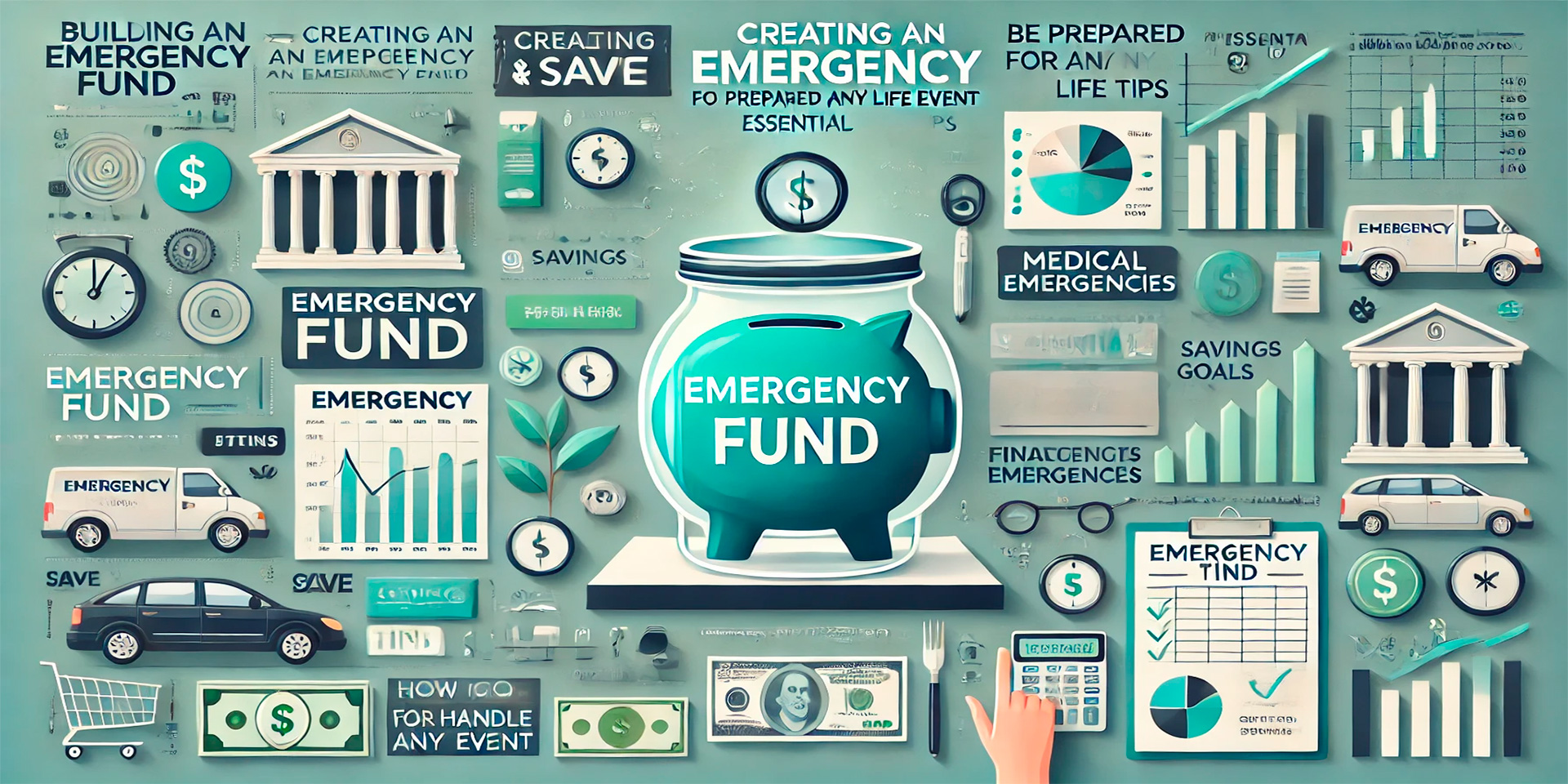
Conducting Stress Tests for Financial Statement Analysis: Essential Tips
Stress testing is crucial for analyzing financial statements and ensuring a bank’s resilience in adverse scenarios. By simulating extreme economic conditions, stress tests reveal hidden vulnerabilities and help banks prepare for potential crises. They assess how well institutions can handle market, credit, and liquidity risks, enabling proactive risk mitigation and informed decision-making.
Regulatory bodies like the Federal Reserve require stringent stress tests to maintain bank stability and prevent economic fallout. These tests, influenced by the 2008 financial crisis, include scenarios like severe recessions or market crashes. Transparency in reporting results not only boosts investor confidence but also ensures banks have adequate capital reserves. This regulatory oversight is key to safeguarding the overall financial system.
Stress tests don’t just meet compliance; they significantly improve a bank’s capital adequacy and planning. By identifying weaknesses, institutions can enhance risk management, adjust asset allocations, and ensure liquidity. Company-run stress tests allow for customization to specific risks, complementing regulatory tests for a comprehensive approach. Ultimately, these assessments provide long-term stability and build trust in the financial system, a priority for institutions like ours.
How Do Stress Tests Help Evaluate A Bank’S Financial Resilience?
Stress tests help you evaluate a bank’s financial resilience by simulating extreme yet plausible adverse scenarios. They check how well your bank can handle economic downturns, financial crises, or other negative events. Here’s why they are essential:
- Identifying Weaknesses: Through these tough scenarios, stress tests reveal hidden vulnerabilities in your bank’s operations and capital holdings. This allows you to address risks that might not be visible in normal conditions.
- Managing Risks: Stress tests provide insights into how well your bank can manage credit, market, and liquidity risks. Understanding this impact helps you plan and take preventive measures.
- Regulatory Compliance: Regulatory bodies like the Federal Reserve require these tests to ensure your bank has sufficient capital reserves, thereby preventing economic fallout.
- Improving Practices: By conducting stress tests, your bank can improve governance practices and data quality. This process enhances your bank’s analytical capabilities and overall risk management practices.
- Transparency: Some banks report the results of these tests to keep investors informed about their financial health. This transparency is especially crucial during economic uncertainty.
As a final point, stress tests are essential tools that reveal weaknesses, improve risk management, ensure regulatory compliance, and foster transparency, ensuring your bank’s robustness in the face of financial shocks.

What Scenarios Are Commonly Used In Financial Stress Testing?
You might wonder, What scenarios are commonly used in financial stress testing? Here are some key examples.
First, you have economic crises scenarios. These include deep recessions, financial market crashes, or economic downturns. For instance, you might simulate the impact of a significant rise in unemployment or a sharp drop in real estate prices.
Next, historical events are often used. By examining past crises, like the 2008 financial crisis or the stock market crash of 1987, you can predict the potential impact of similar future situations. These scenarios allow you to anticipate challenges and prepare accordingly.
Regulatory requirements also play a crucial role. Scenarios mandated by regulators, such as those from the Federal Reserve, include “severely adverse” conditions. These are designed to ensure your institution has enough capital to handle unexpected severe downturns, often including sharp economic declines.
Another type includes market shocks. These hypothetical scenarios envision sudden and severe market events, like a major stock market crash or a significant plunge in home prices. These can help you prepare for swift and unexpected market movements.
You should also consider internal controls scenarios. These assess your company’s internal processes, risk management strategies, and capital adequacy. These scenarios often incorporate stress tests on credit risk, market risk, and liquidity risk.
Lastly, large institutions undergo regulatory stress tests like the Comprehensive Capital Analysis and Review (CCAR) in the U.S. These ensure that your bank can manage capital under various stress scenarios and require public disclosure of the results.
To sum up, financial stress testing scenarios—ranging from economic crises and historical events to regulatory requirements and market shocks—are essential for ensuring that your financial institution remains resilient and effective during extreme conditions.

Why Are Regulatory Bodies Stringent About Bank Stress Testing?
Regulatory bodies are stringent about bank stress testing to ensure the stability and resilience of financial institutions during economic downturns. You see, these tests simulate adverse scenarios like deep recessions or market crashes to check if banks have enough capital to withstand such shocks. This process helps regulators identify vulnerabilities in individual banks before they become systemic issues, preventing a broader economic fallout.
After the 2008 financial crisis, it became quite clear that many banks were severely undercapitalized. Stress tests were then expanded to focus on capital reserves and strategies for managing capital, ensuring banks can continue operating smoothly even in challenging times. By exposing potential weaknesses through these tests, regulators can implement corrective measures, fortifying banks against future crises.
In essence, it’s about keeping your money and the whole financial system safe. To put it simply, stress tests act like a financial health check-up for banks, so you can rest assured that, even in a worst-case scenario, your bank is in good shape.
To wrap things up, by taking stringent measures, regulatory bodies ensure banks are prepared for economic turbulence, safeguarding both your assets and the entire financial system.
What Is The Importance Of Stress Testing In Financial Model Validation?
Stress testing is crucial in financial model validation because it helps you understand how your model performs under extreme and adverse economic conditions. By simulating worst-case scenarios, you uncover vulnerabilities and weaknesses that might not be apparent under normal conditions.
- Risk Management: Stress testing identifies and mitigates potential risks. You reduce the likelihood of costly mistakes and ensure your financial institution can withstand severe economic shocks.
- Regulatory Compliance: Regulators like the Federal Reserve require stress testing to ensure banks have enough capital to handle economic downturns. This compliance builds confidence in the financial system.
- Model Validation: Stress testing catches errors and inaccuracies in your model. Ensuring your model remains robust and reliable prevents reputational risks and costly corrections later on.
- Decision Making: Revealing the impact of extreme scenarios helps you make informed decisions about risk exposure and mitigation strategies.
- Stakeholder Confidence: Demonstrating rigorous stress testing enhances trust among investors, customers, and regulators. This shows you are proactive in managing risks.
In the end, stress testing is a vital tool that ensures your financial models are prepared for the worst, providing stability and reliability in the long term.
How Can Stress Tests Improve Capital Adequacy And Planning?
Stress tests can significantly improve your capital adequacy and planning by showing how your bank would perform under various hypothetical economic scenarios. Here’s how:
First, you can identify weaknesses in your capital reserves and processes. Stress tests reveal where your institution might struggle, allowing you to address these areas proactively.
Second, you enhance risk management. By understanding potential risks to your bank’s portfolio, you can implement more effective strategies like adjusting asset allocations or strengthening controls.
Third, stress tests help you plan for contingencies. By evaluating how different scenarios impact your capital ratios, you ensure you’re better prepared for unexpected downturns and can maintain stability.
You also meet regulatory requirements. Mandated stress tests ensure compliance with frameworks like DFAST and CCAR. They demonstrate that your bank holds sufficient capital to navigate severe financial stress, avoiding penalties.
Additionally, you can boost decision-making. Insights from stress tests help you make informed decisions on capital allocations, dividend distributions, and strategic actions, improving your financial planning aligned with long-term goals.
Furthermore, stress tests boost stakeholder confidence. Regular testing and sharing results show investors, clients, and regulators that your bank is resilient and prepared for financial shocks.
Lastly, stress tests facilitate strategic planning. Integrating them into your business processes ensures resilient and adaptive strategies, supporting growth while mitigating risks.
As a final point, by regularly conducting stress tests, you ensure your bank remains solvent and robust during economic stress, reinforcing financial health and stability.


